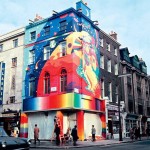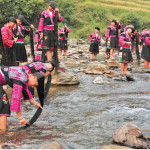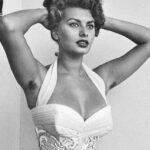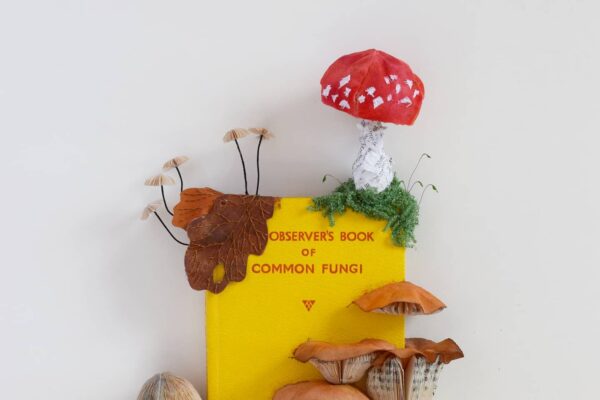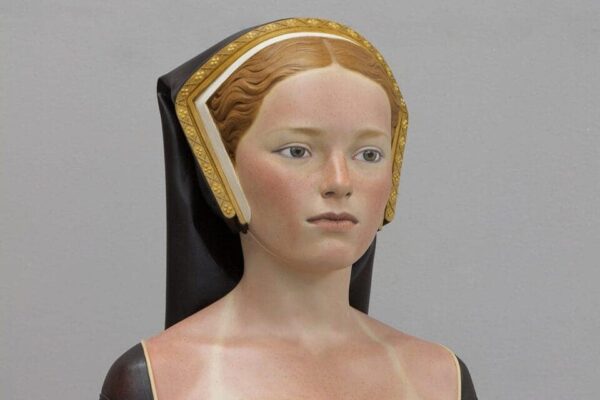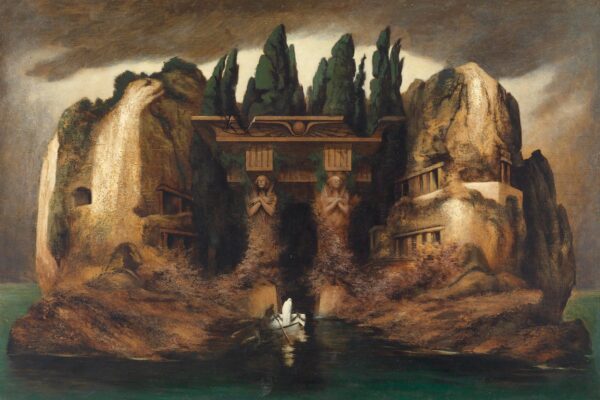1. The Top of the Town Club, Chicago 1951
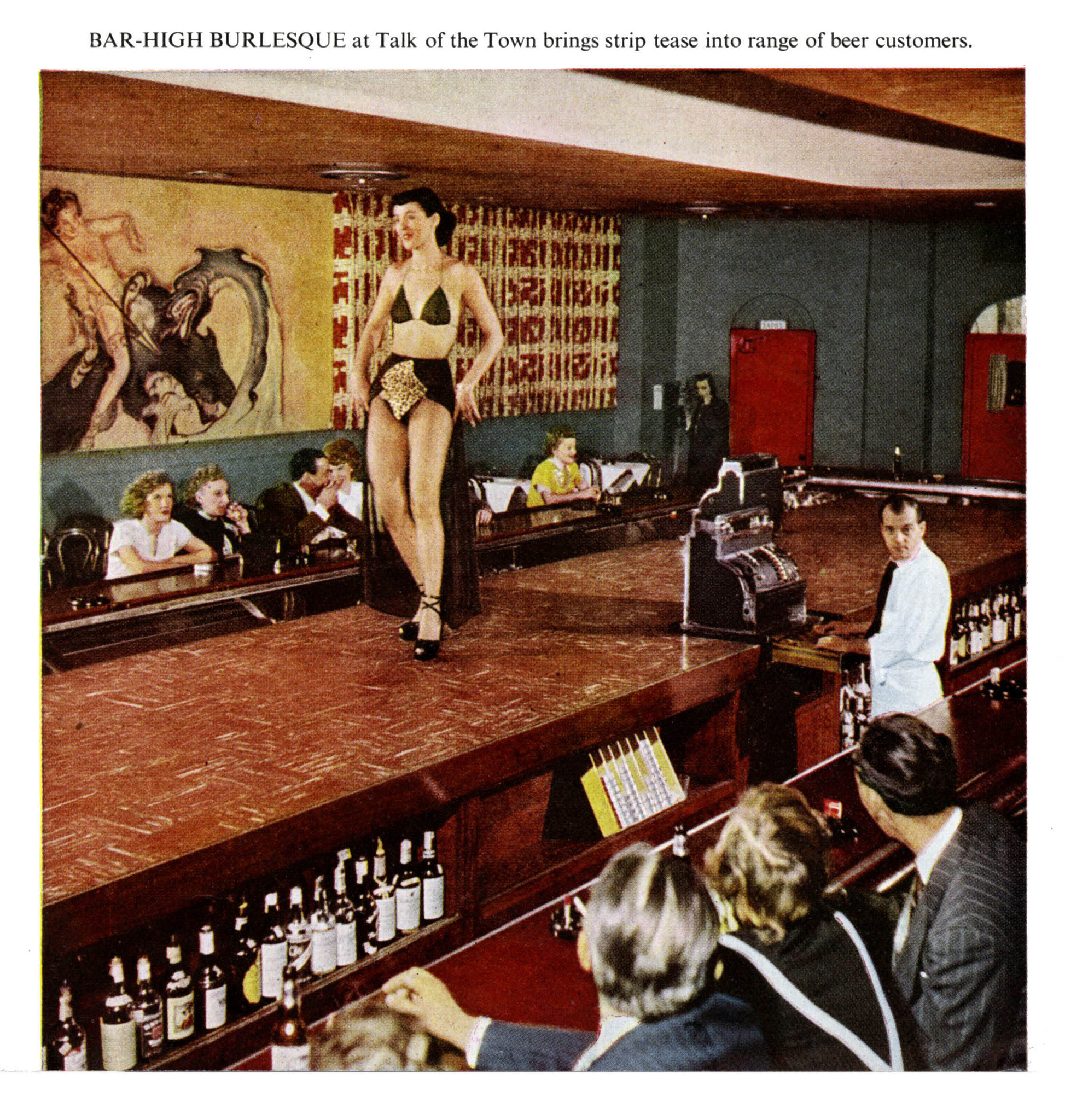
Found on this Flickr pin-up archive.
2. Cowboy Car Hops as Sex Symbols
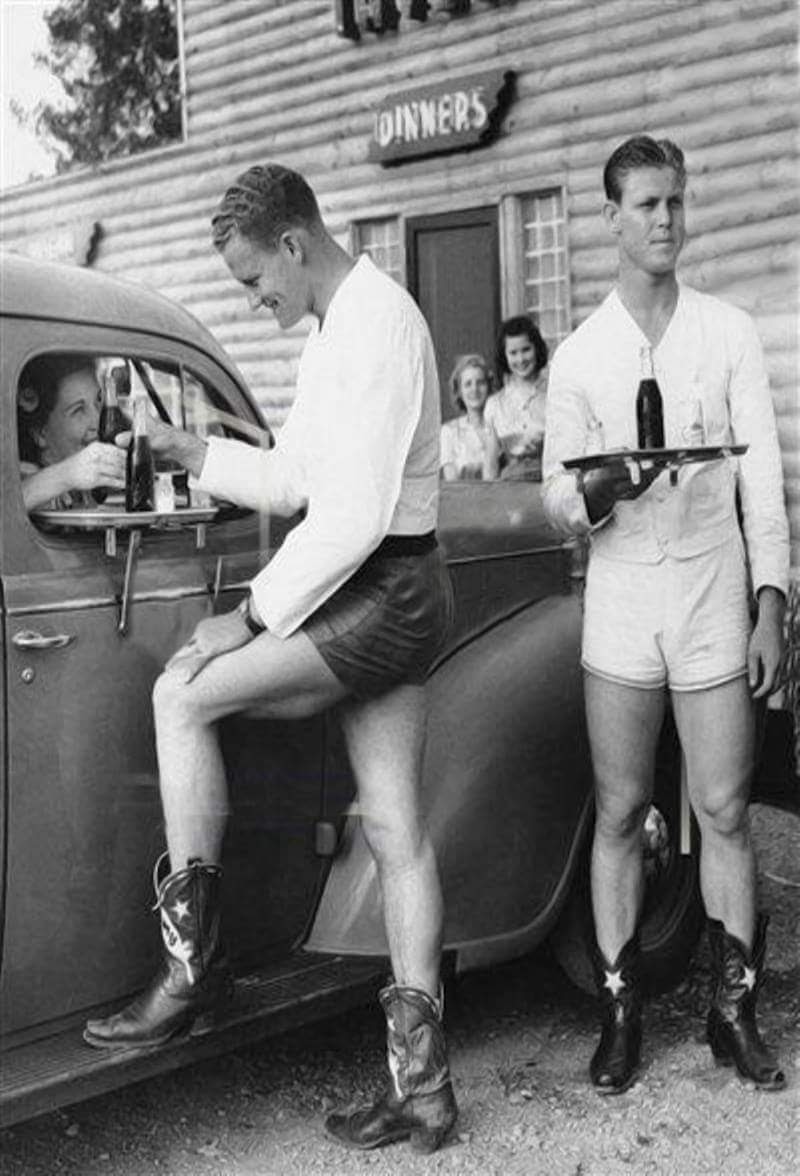
In the 1940s, men dressed in short shorts and cowboy boots served up women at the Log Lodge Tavern in Dallas
Why?… It was a response to the sudden rise of sexy carhops. Women who were dressing in scanty outfits, hula skirts, midriff-baring costumes, to serve drive-in customers…There was a big outcry against this and at some point some woman piped up, saying ‘well, you know, this doesn’t really do much for women, we want to see men, we want to see the legs of men, not the legs of girls.’ So, some enterprising man who owned one of these restaurants said ‘yeah, that’s a great idea.’ … The hunky male server trend was short-lived – partially because men were enlisting for WWII.
Found here.
3. For Sale this Summer
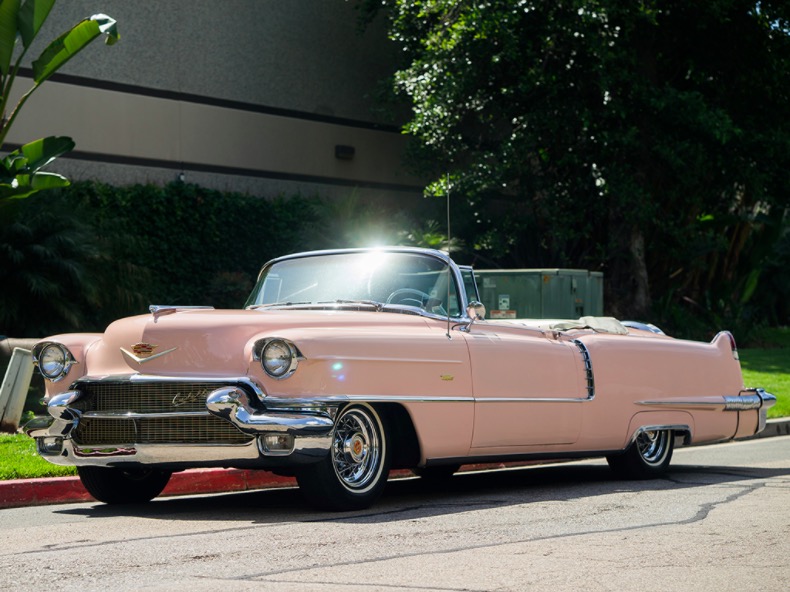
1956 Cadillac Series 62 Convertible
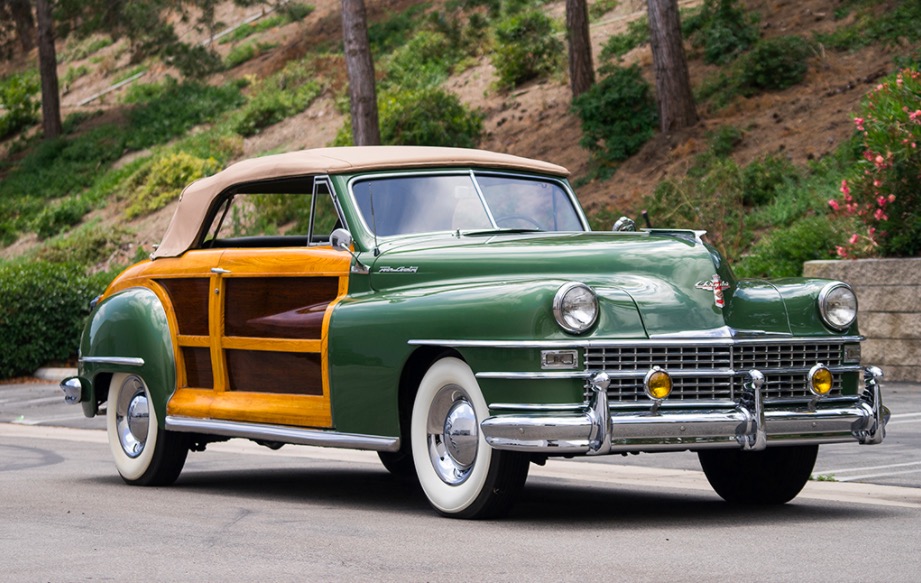
1948 Chrysler Town and Country Convertible
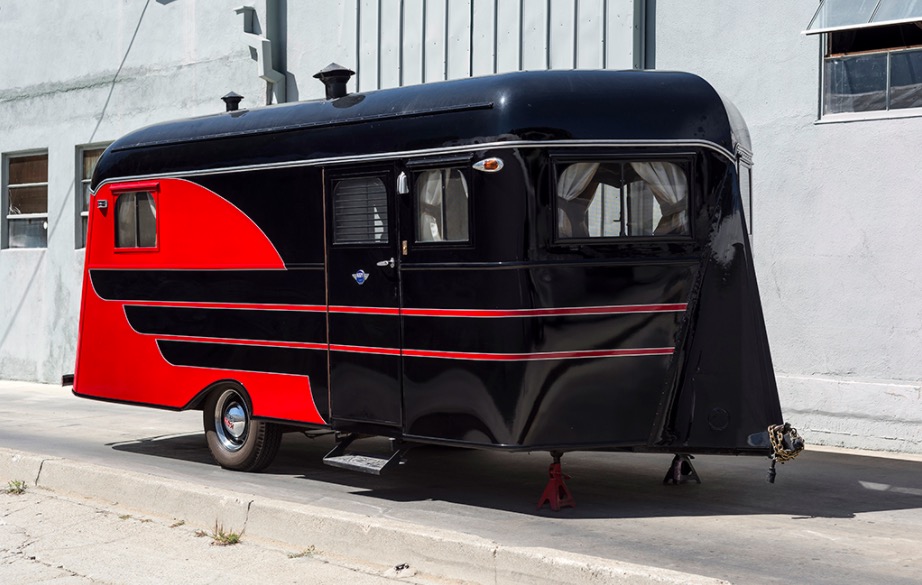
1941 Kozy Coach Travel Trailer
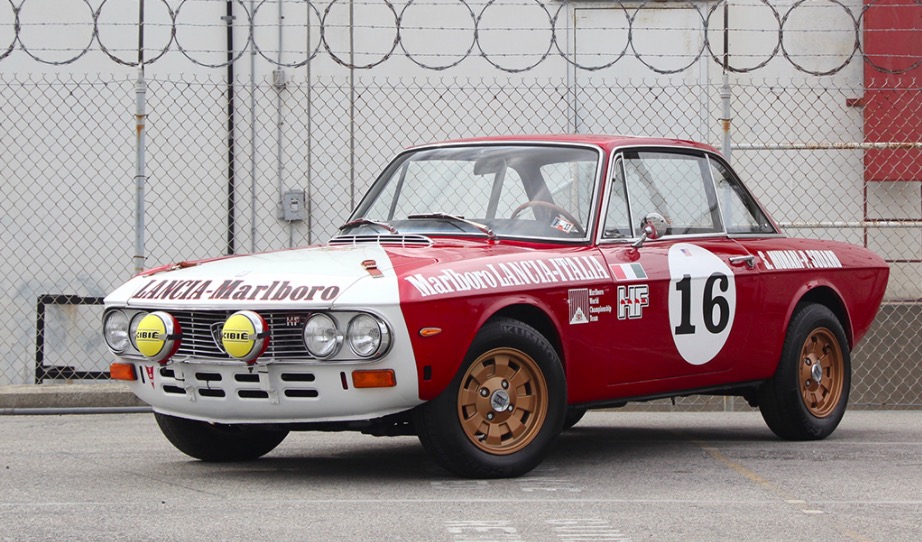
1971 Lancia Fulvia Coupe 1.3S
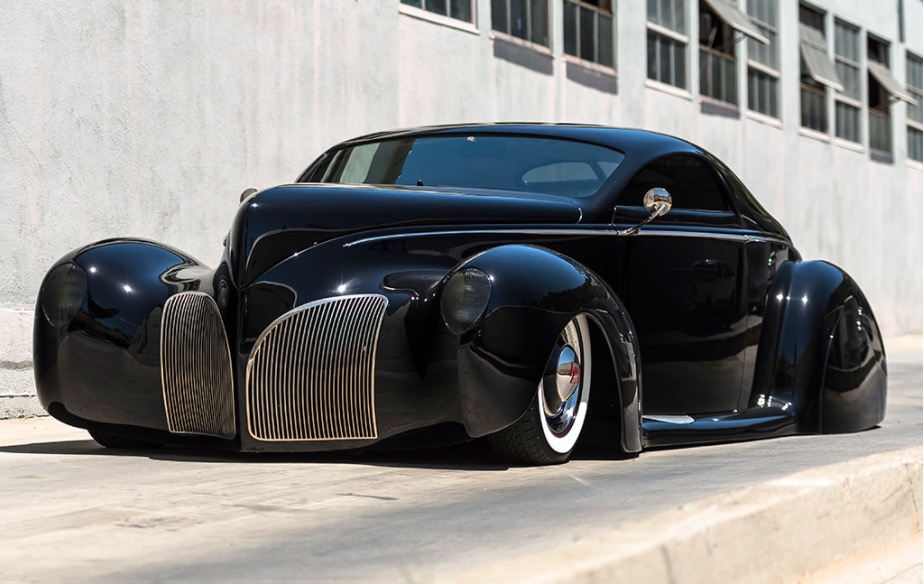
1939 Lincoln-Zephyr “Scrape” Custom
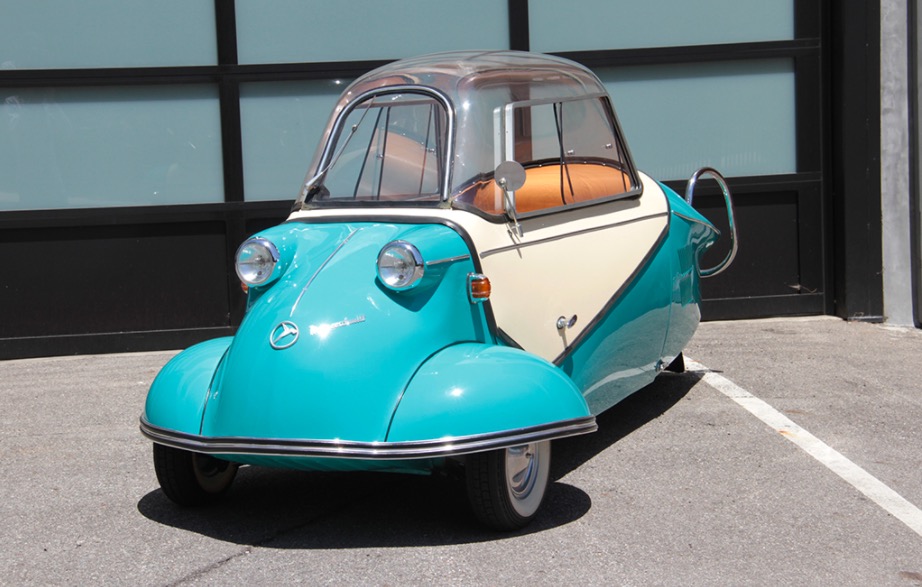
1955 Messerschmitt KR175
All for sale at the Santa Monica Collector Car Auction, 24th June, 2017.
4. A Red ‘Eject Button’ for your car’s Cigarette Lighter
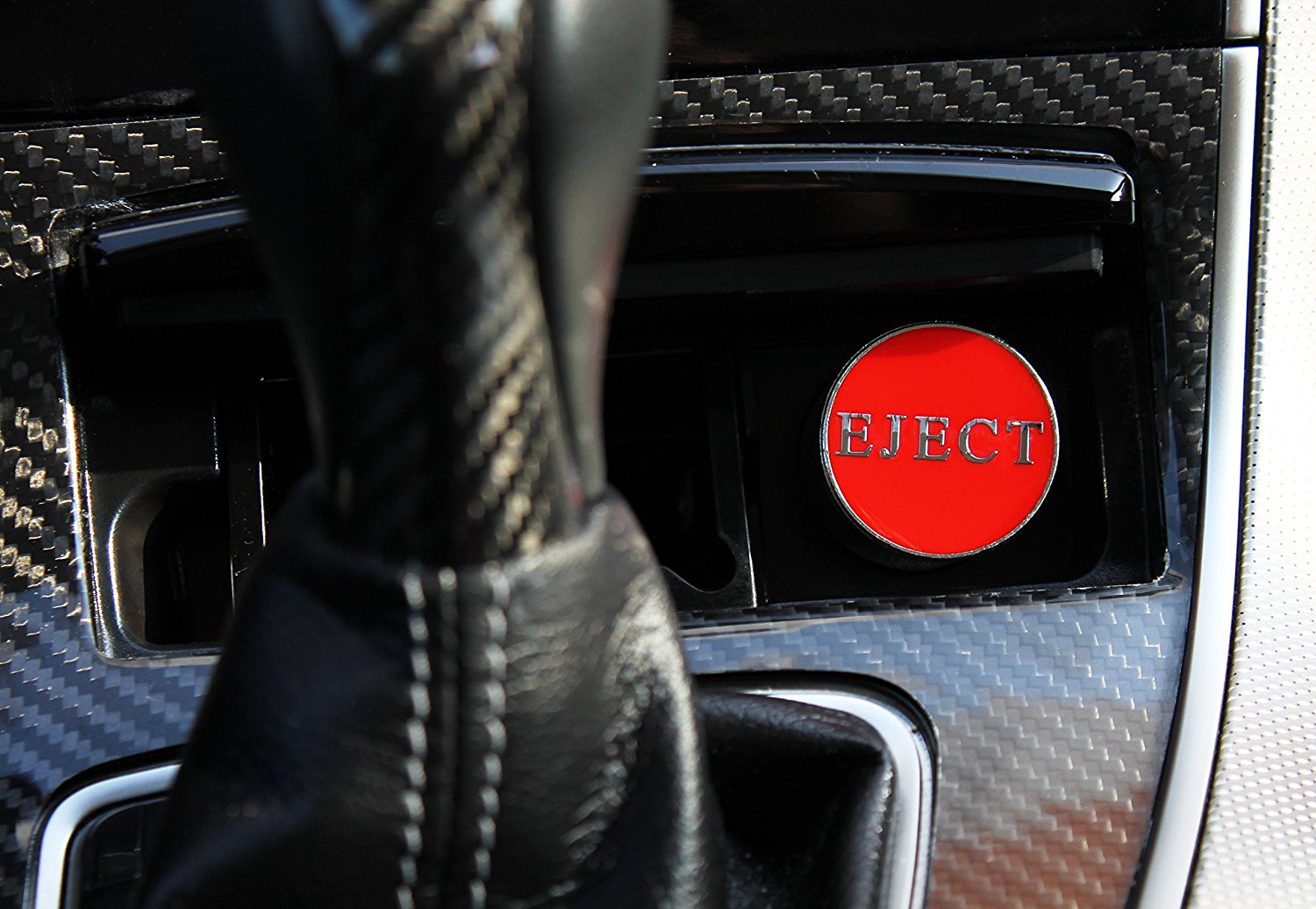
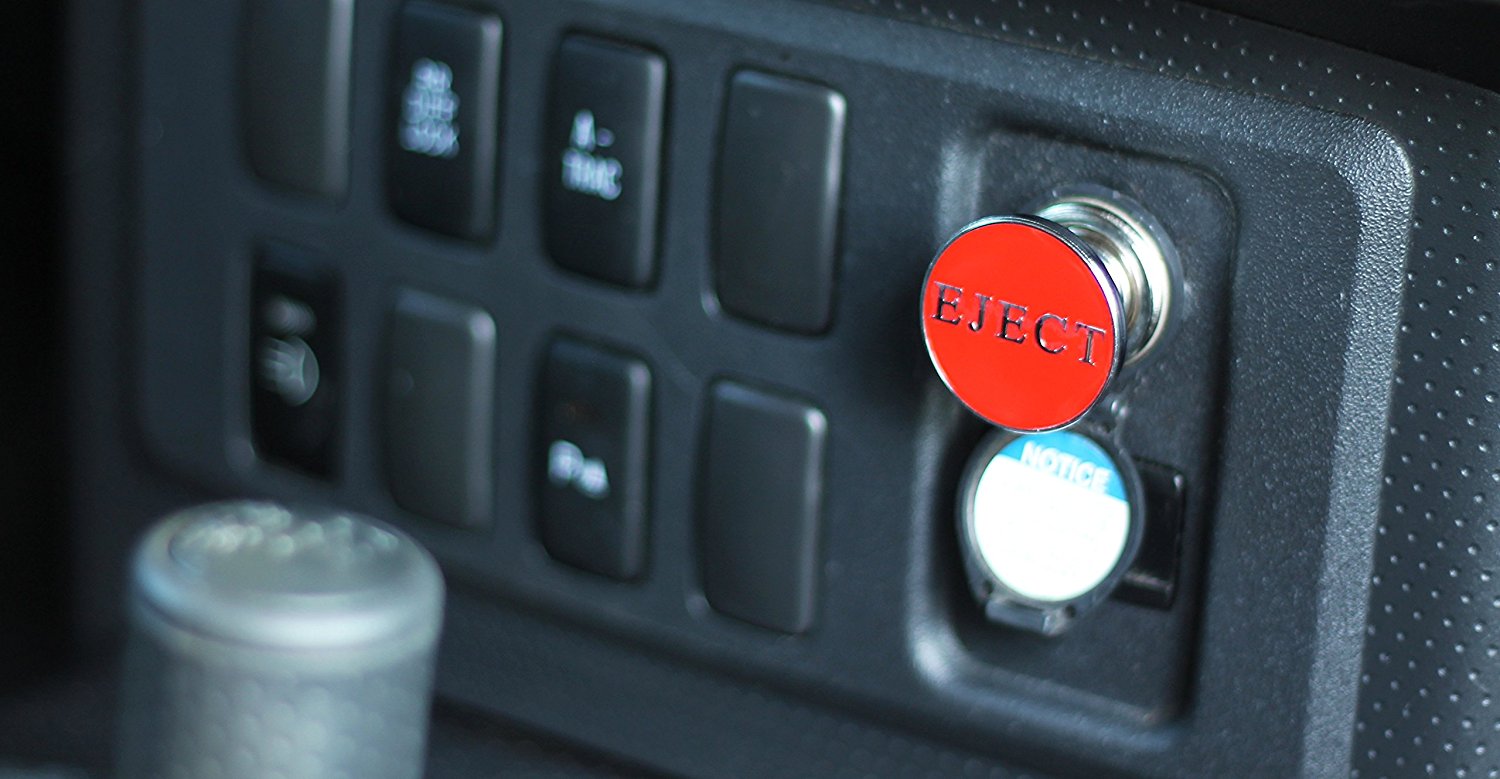
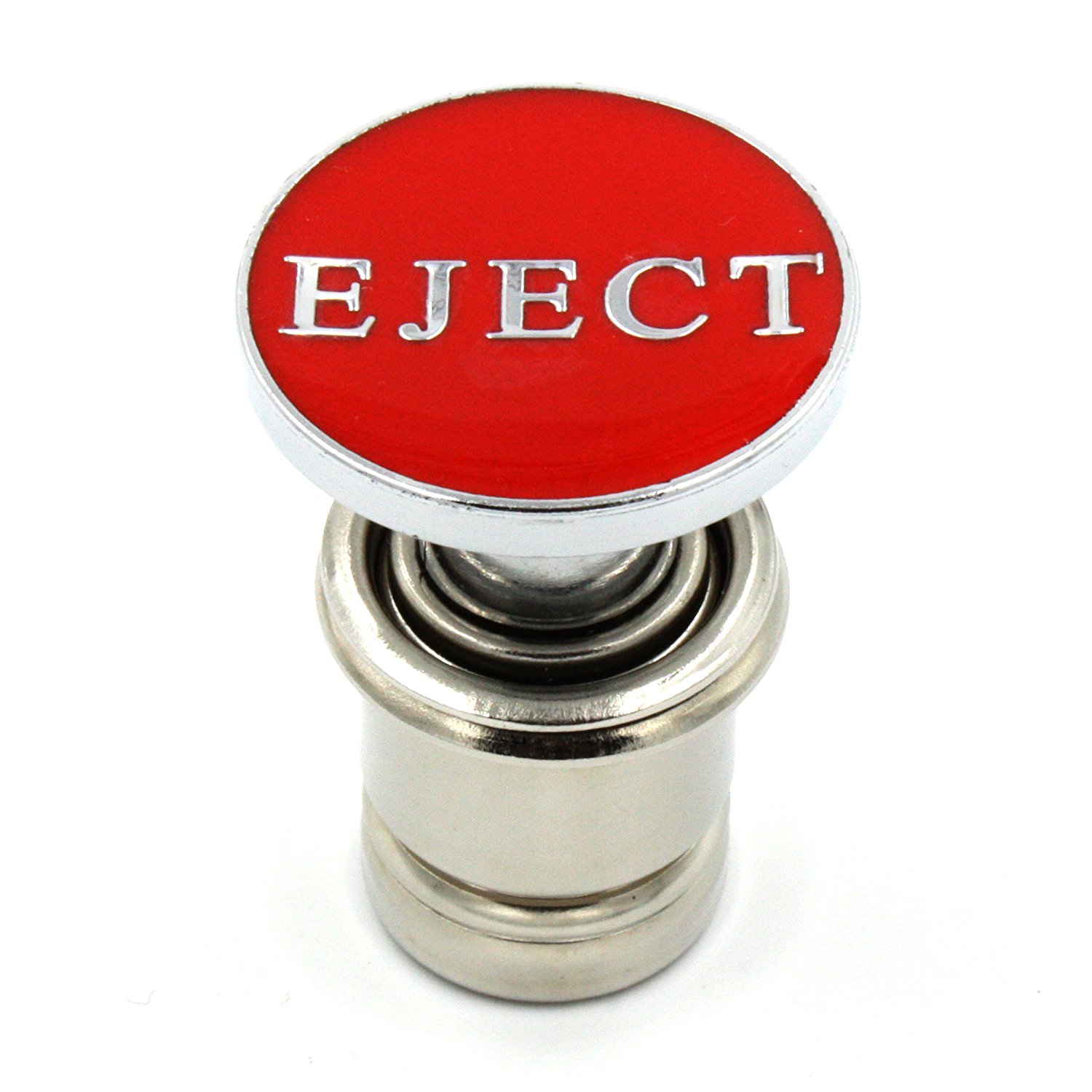
So totally useless, and yet completely necessary. Shop it on Amazon, found via Dangerous Minds.
5. Supertrain, 1979
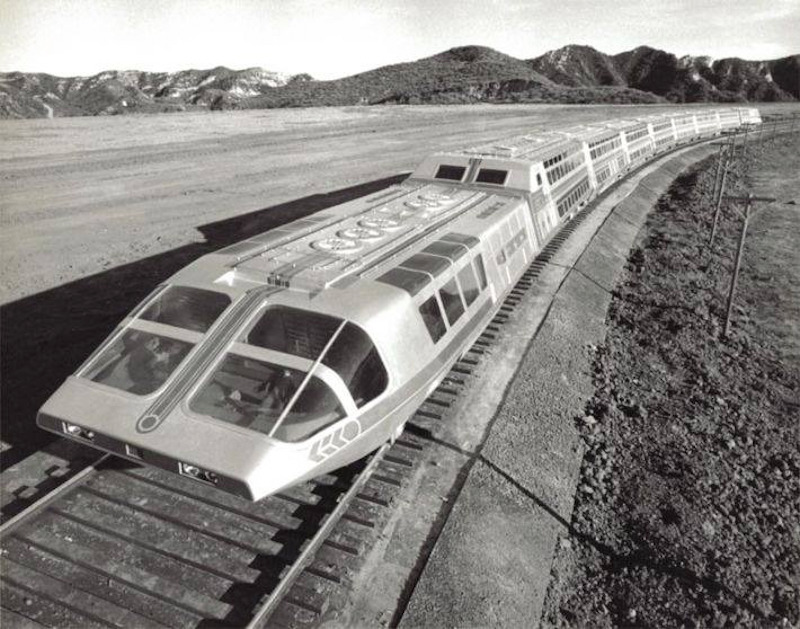
A nuclear-powered bullet train that was equipped with amenities more appropriate to a cruise ship, it had luxuries such as swimming pools and shopping centers.
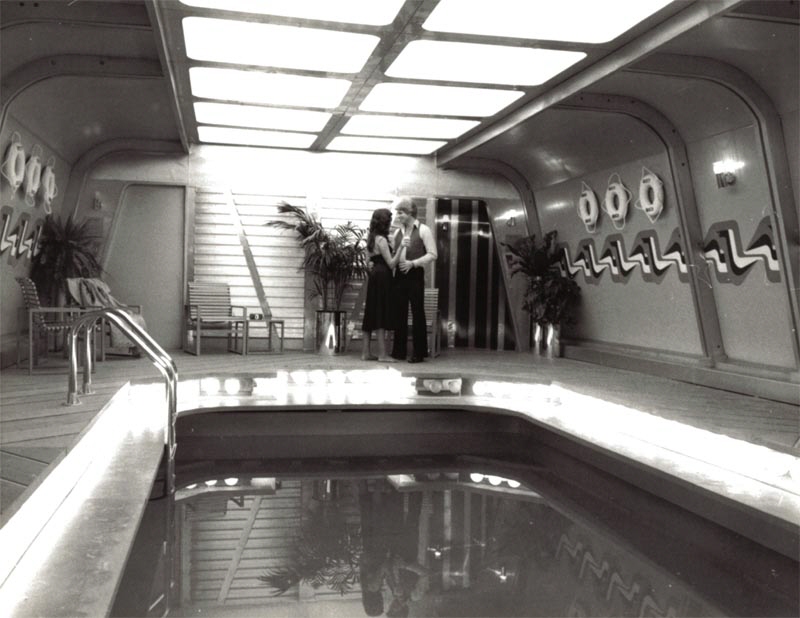
Supertrain was an American television drama/adventure series that ran on NBC from February 7 to May 5, 1979. Nine episodes were made. Most of the cast of a given episode were guest stars. The production was elaborate, with huge sets and a high-tech model train for outside shots.

Supertrain was the most expensive series ever aired in the United States at the time.

The production was beset by problems including a model train that crashed… it received poor reviews and low ratings… it went off air after only three months.
Found via Mighty Trains.
6. The backside of TV’s original 1964 Jeopardy game board
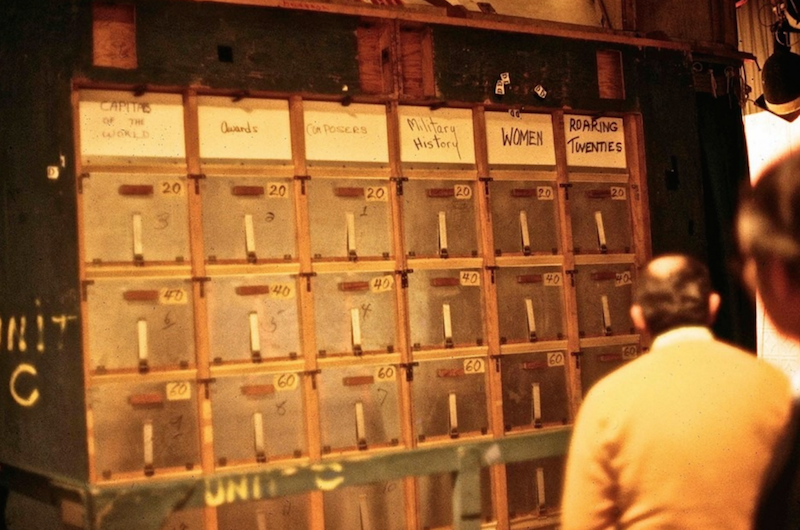
Found on Reddit.
7. Yurts in Goblin Valley, Utah
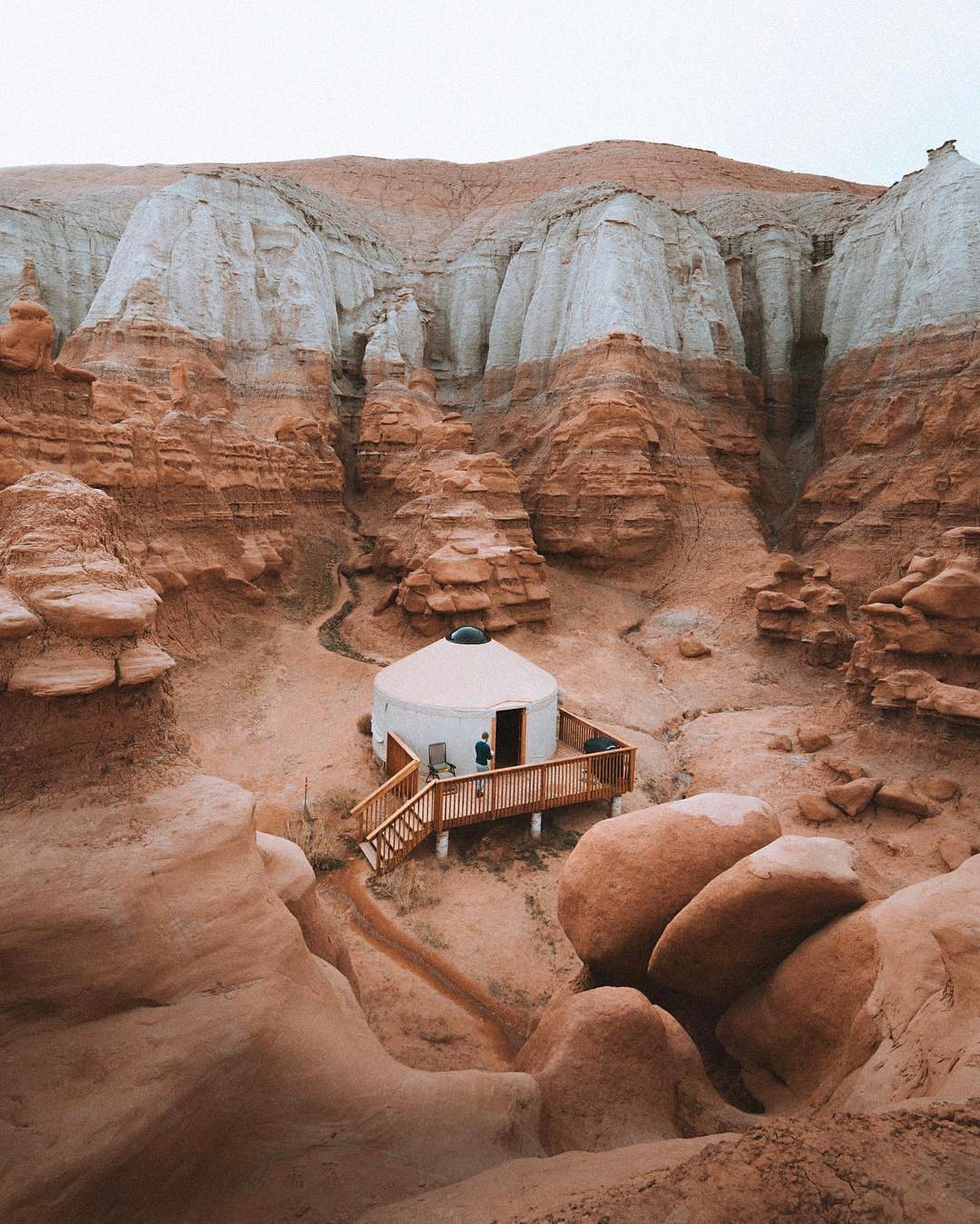
Reserve yours here.
8. Lost Orchards: Searching for forgotten apple trees in the Pacific Northwest. 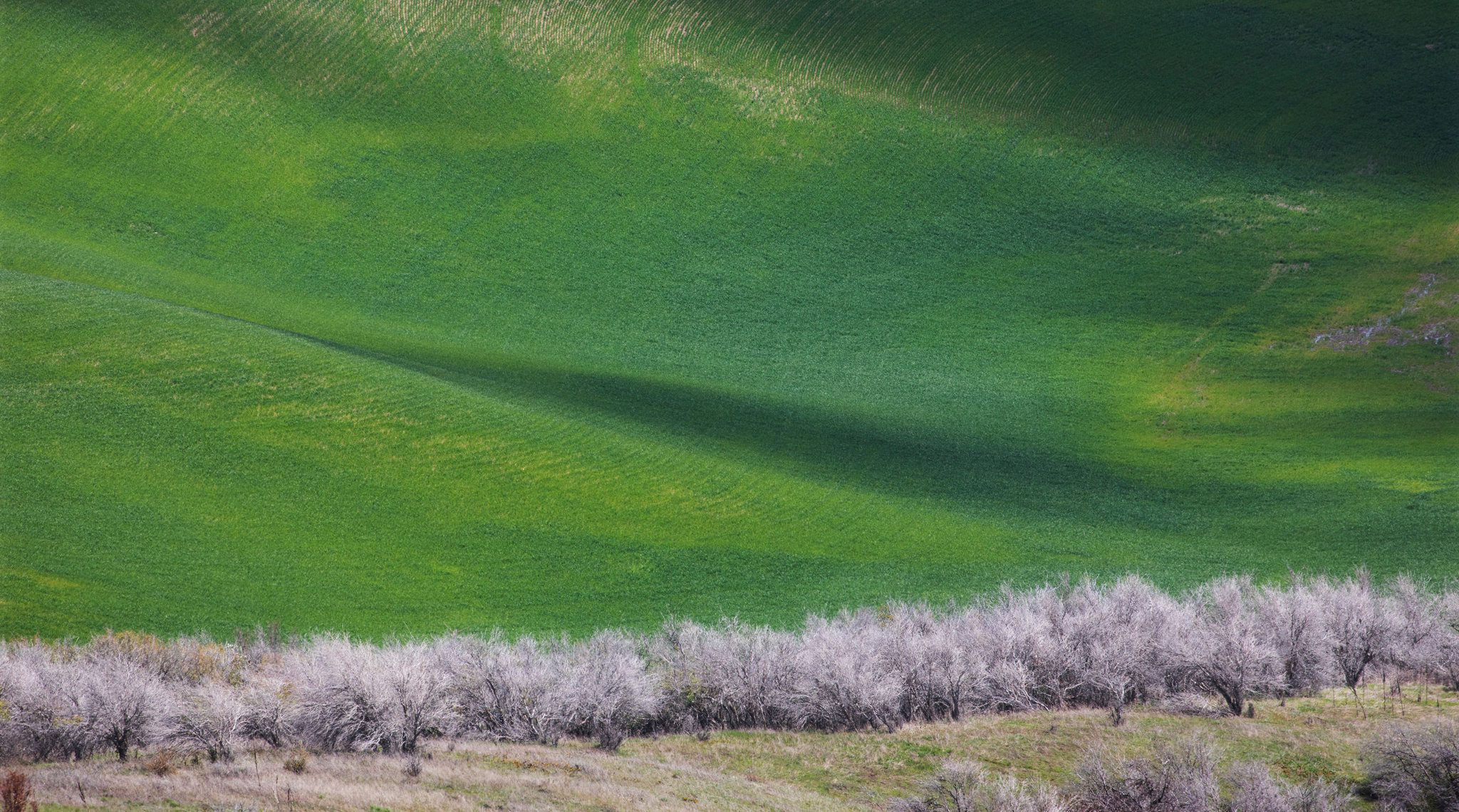
The remnant of an old apple orchard among wheat fields in Steptoe Butte State Park in Washington © Ruth Fremson/The New York Times.
David Benscoter honed his craft as an investigator for the F.B.I. and the United States Treasury, cornering corrupt politicians and tax evaders. The lost apple trees that he hunts down now are really not so different. People and things, he said, tend to hide in plain sight if you know how and where to look.

“It’s like a crime scene,” Mr. Benscoter, 62, said as he hiked down a slope toward a long-abandoned apple orchard planted in the late 1800s. “You have to establish that the trees existed, and hope that there’s a paper trail to follow.”
Read the full article on The New York Times.
9. Inside the Official Tailor of the Venice Carnival
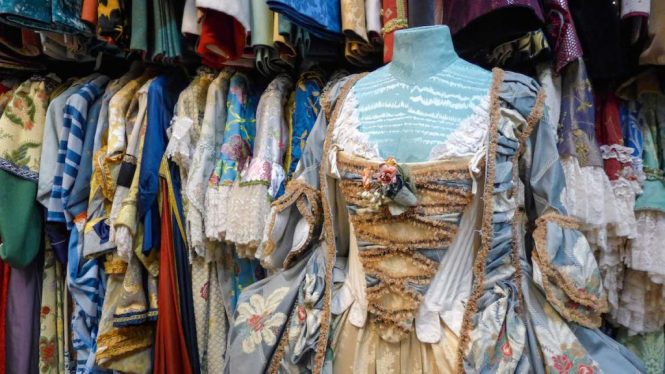
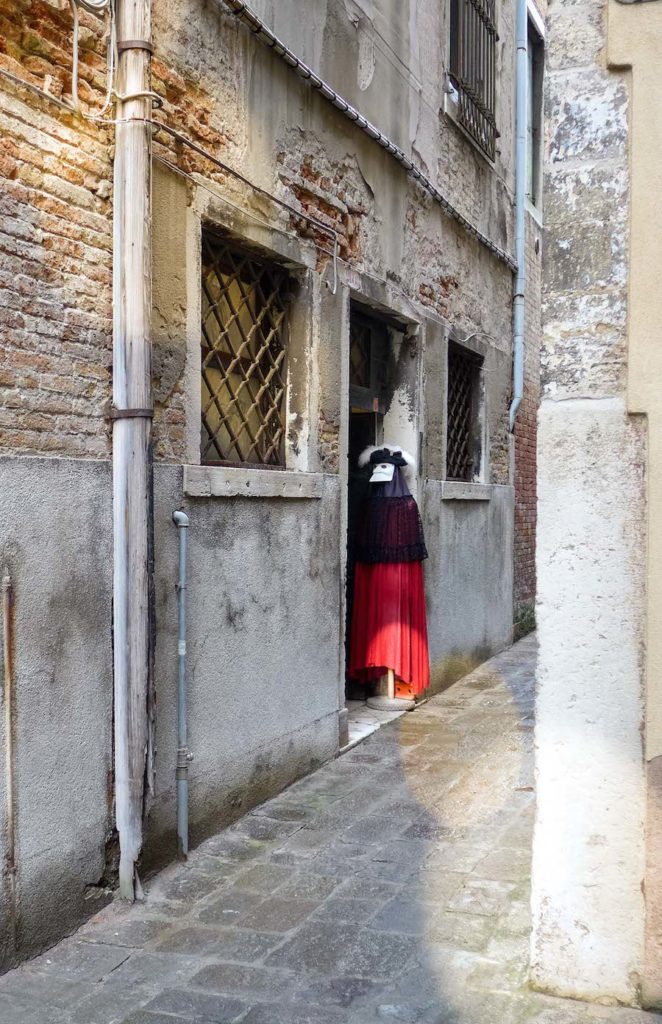
Tailor Francesco Briggi is an official partner of the Venice Carnival and an absolute point of reference for many of the companies having to do with historical re-enactments. His Atelier Longhi is named after Venetian painter Pietro Longhi, a 1700s’ artist especially renowned for his paintings of daily life, with constant references to the world of theatre.
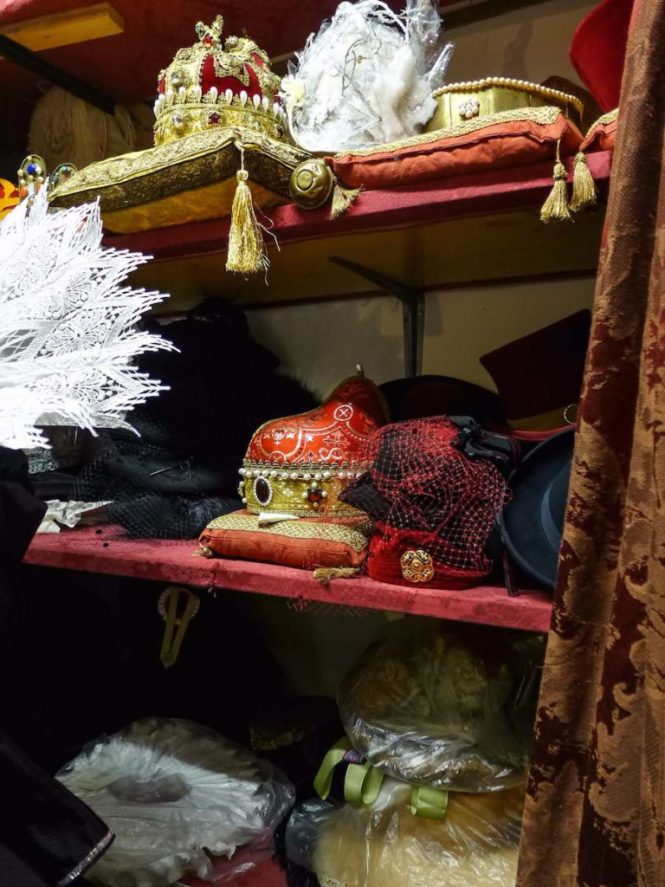
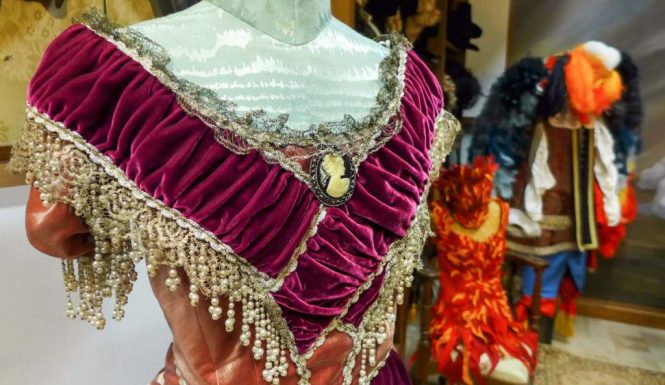
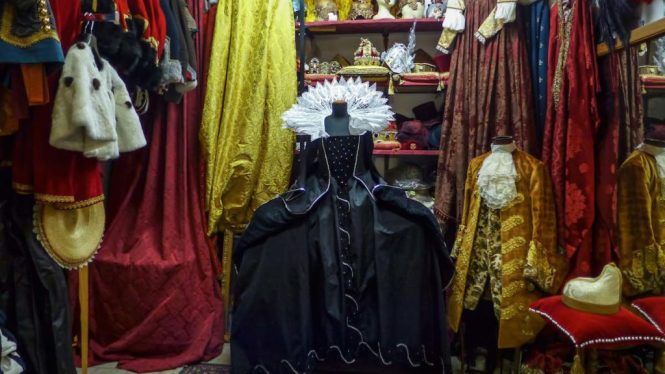
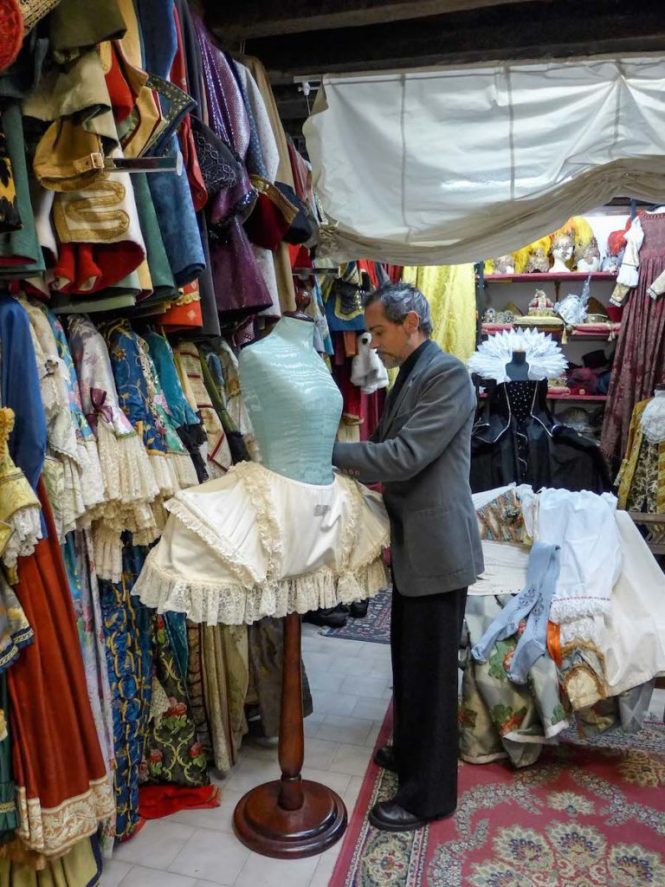
Full article found on Italian Ways.
10. The Queen Charming Charm School, Tokyo 1961.
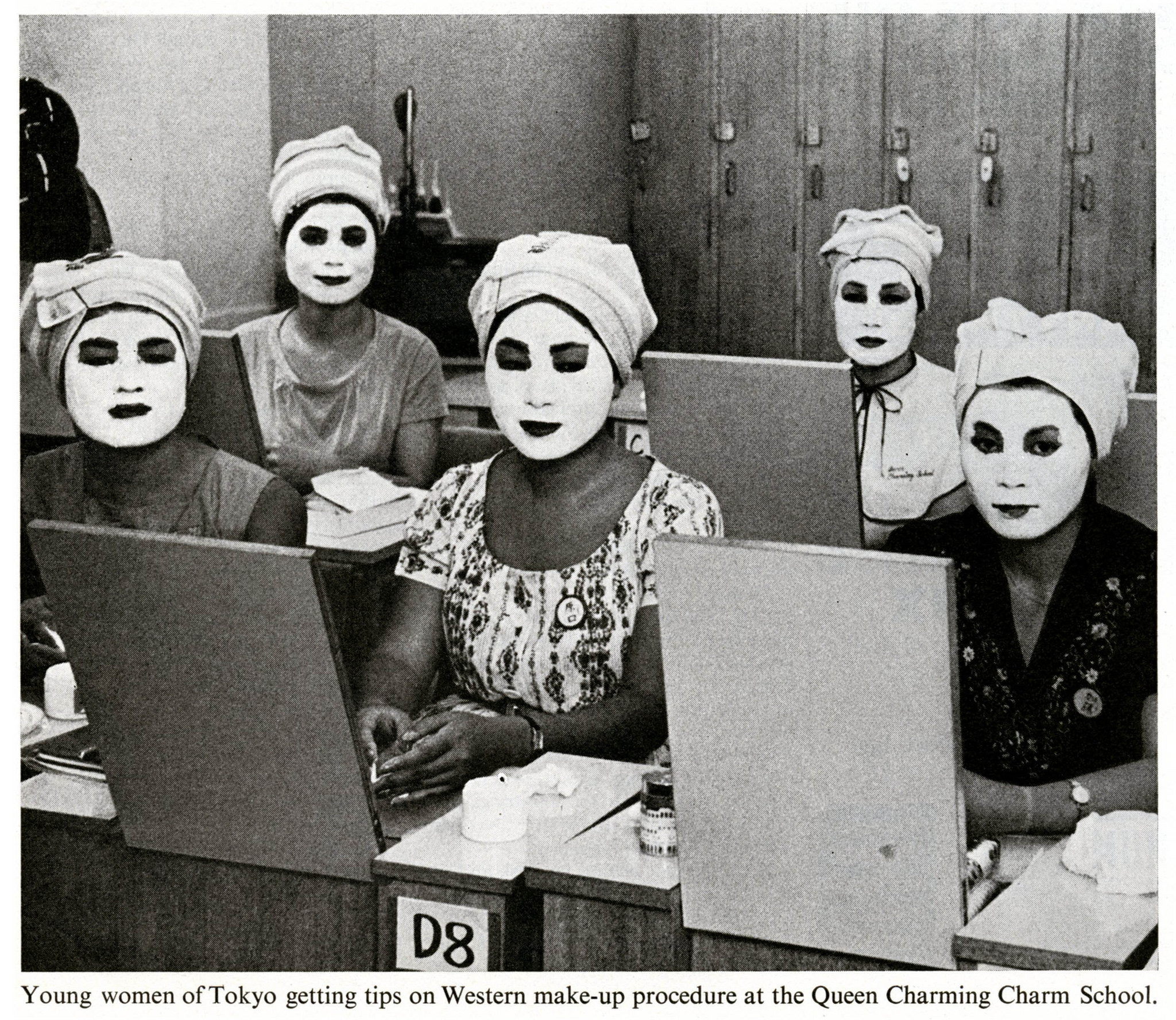
Found on this vintage Flickr archive.
11. Some interesting facts about 19th century hair care
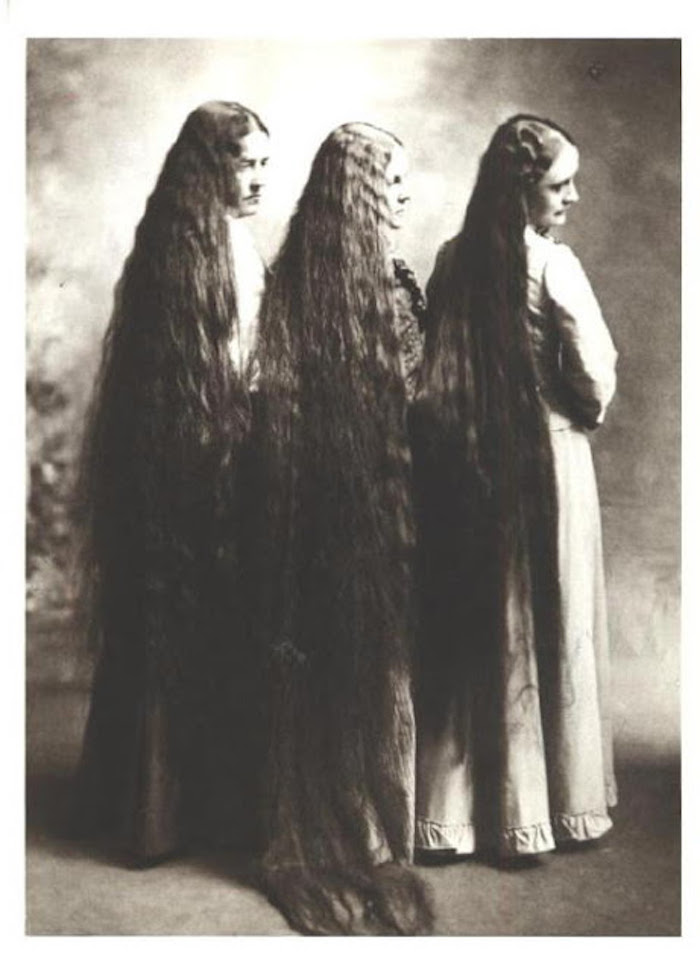
Hair washing is something that almost every historical writer, romance or not, gets wrong. How many times have you read a story in which a heroine sinks gratefully into a sudsy tub of water and scrubs her hair–or, even worse, piles it up on her head to wash it?
for most women, hair-washing was, at most, a seasonal activity… Women washed their hair brushes daily, and the proverbial “100 strokes” were used to spread conditioning oils from roots to tips and to remove older or excess oil and dirt. This was more time-consuming than modern washing, and this is one of the reasons that “good hair” was a class marker… The first modern shampoo was introduced in the late 1920s… he professional hairdresser stepped into the void that the maid left when domestic service became rare. Washing one’s hair daily or every other day is a very recent development.) That’s where conditioners came into play. Many people have wondered how on earth women could have nice hair by modern standards before conditioners, but conditioners are made necessary by shampoos. Well-maintained hair of the 19th century didn’t need conditioners because the oils weren’t regularly stripped from it.
The professional hairdresser stepped into the void that the maid left when domestic service became rare. Washing one’s hair daily or every other day is a very recent development.) That’s where conditioners came into play. Many people have wondered how on earth women could have nice hair by modern standards before conditioners, but conditioners are made necessary by shampoos. Well-maintained hair of the 19th century didn’t need conditioners because the oils weren’t regularly stripped from it.
More found on Tumblr.
12. Women of the Early 20th Century in Autochrome
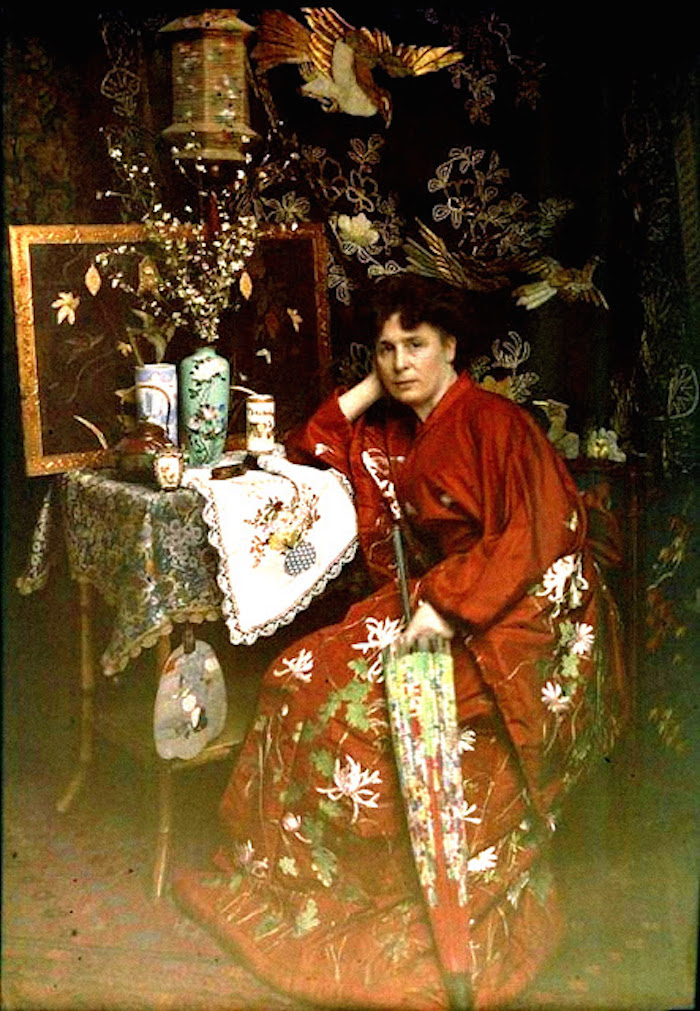
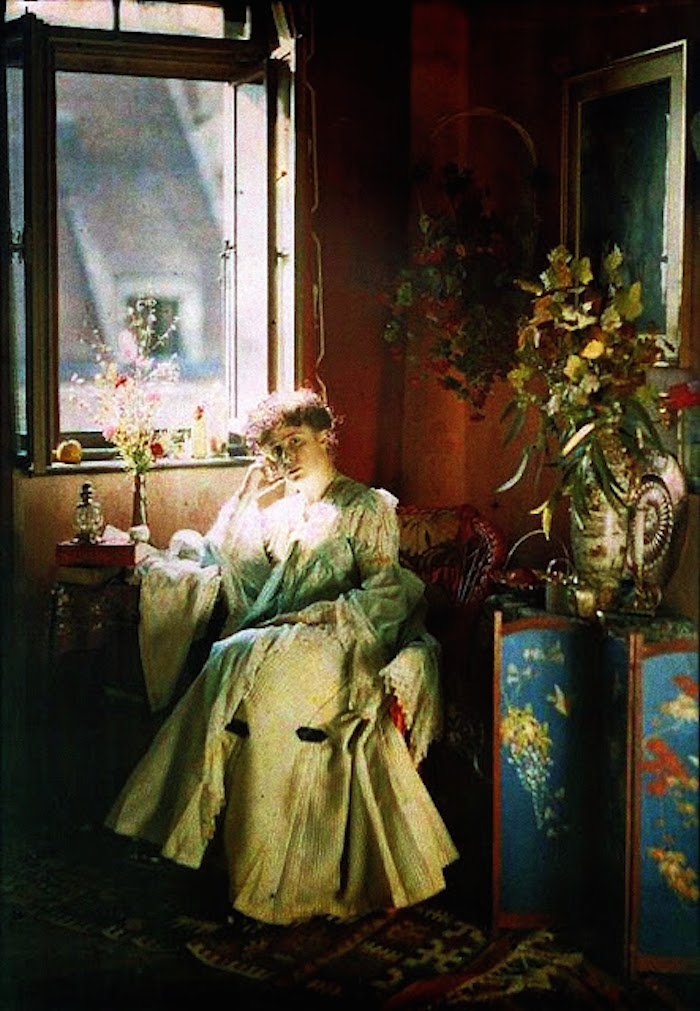
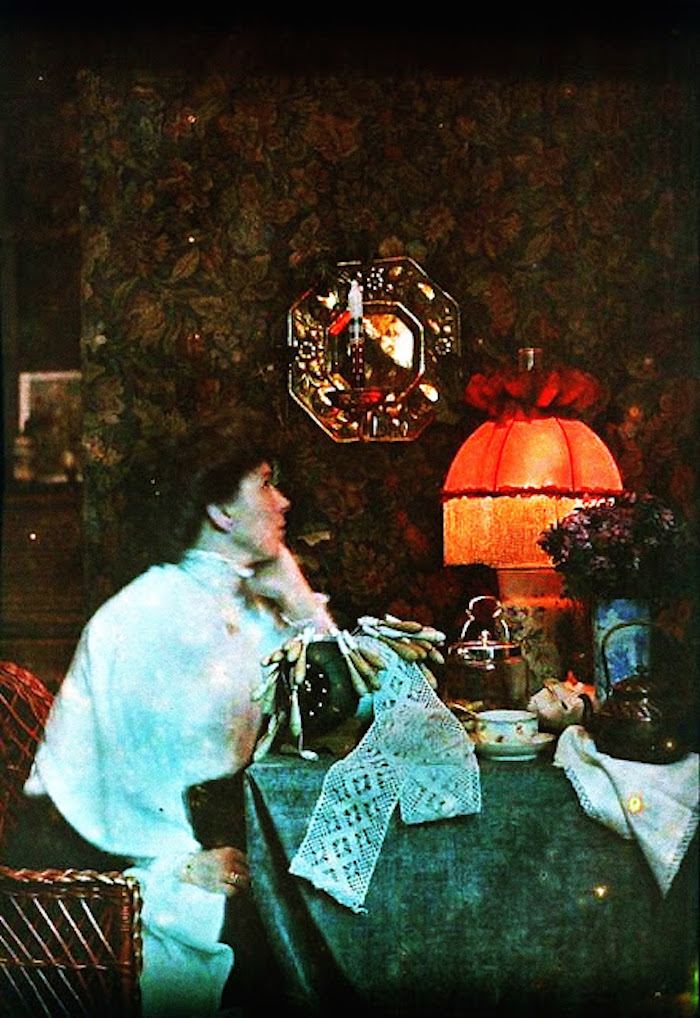
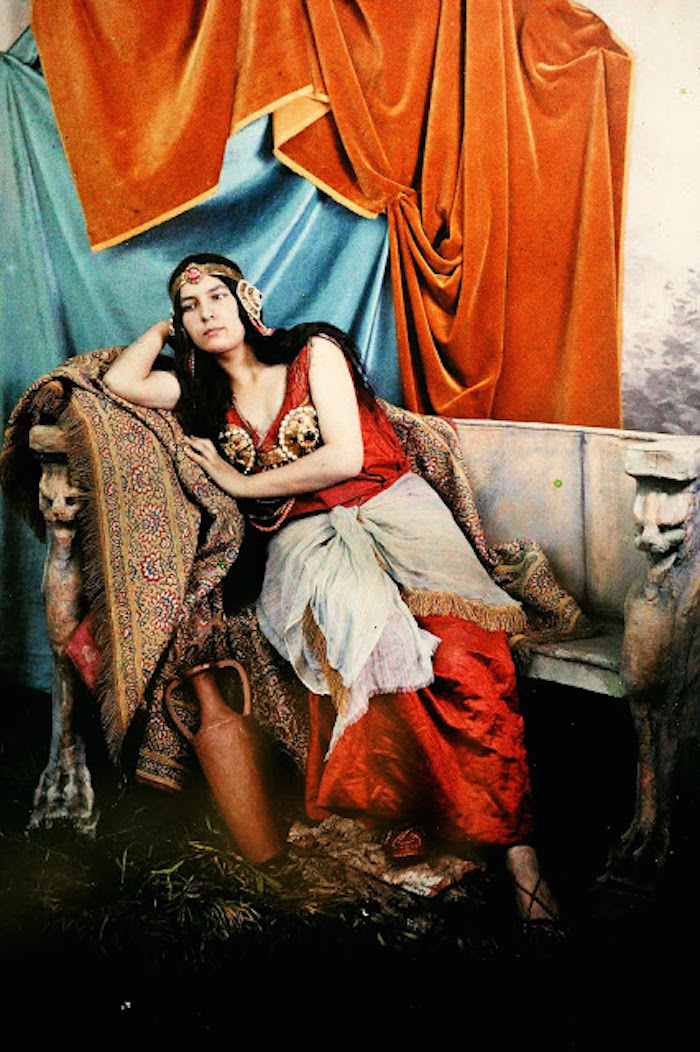
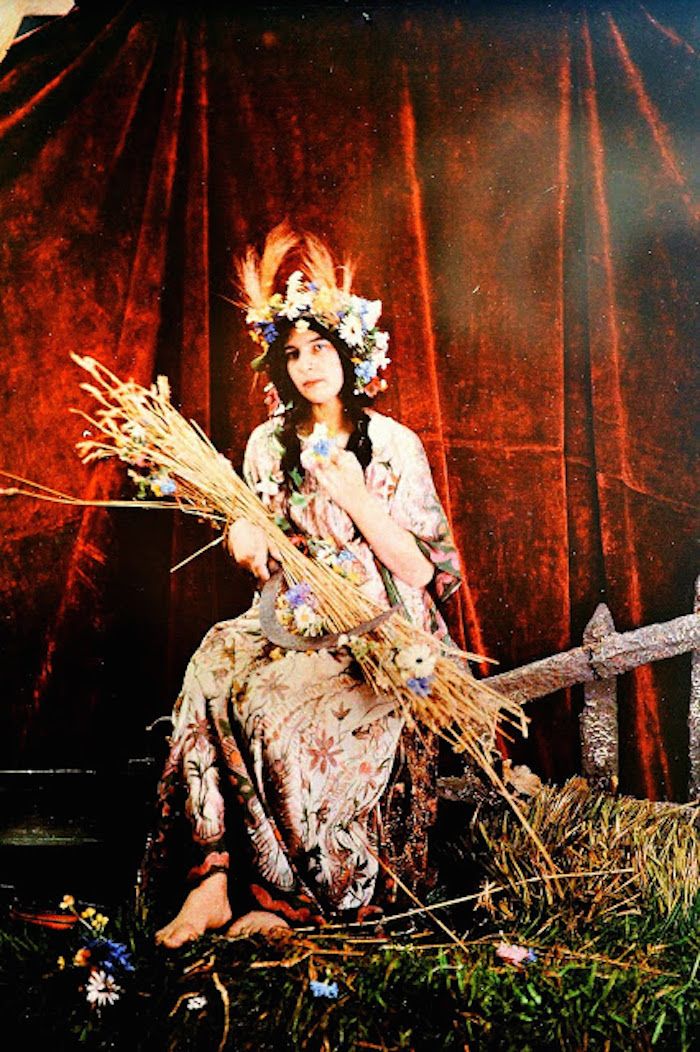
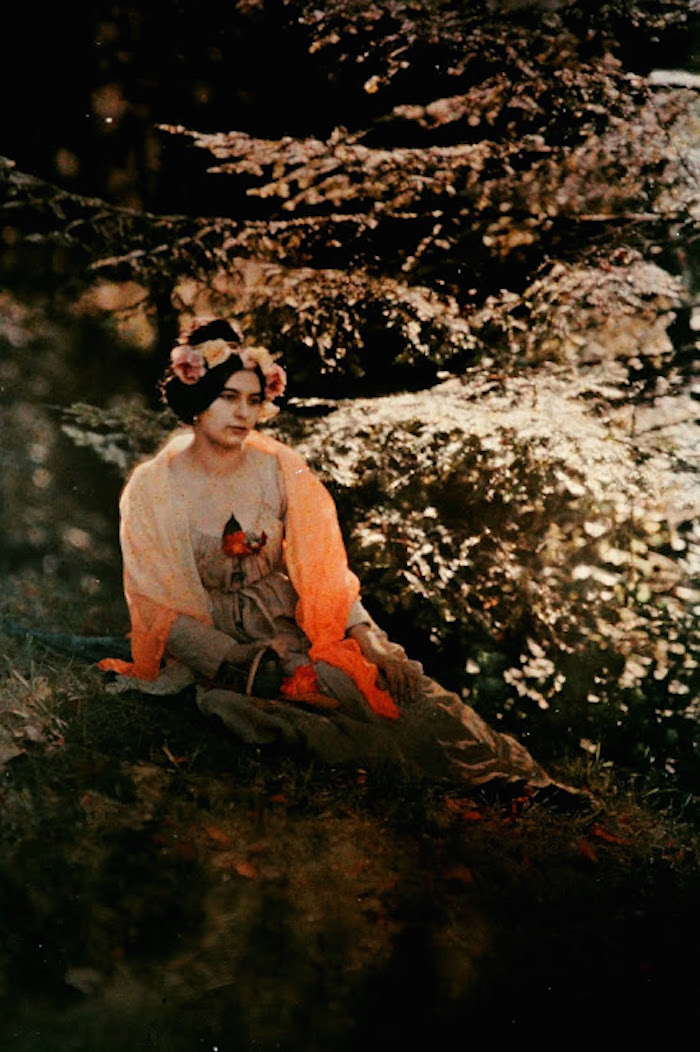
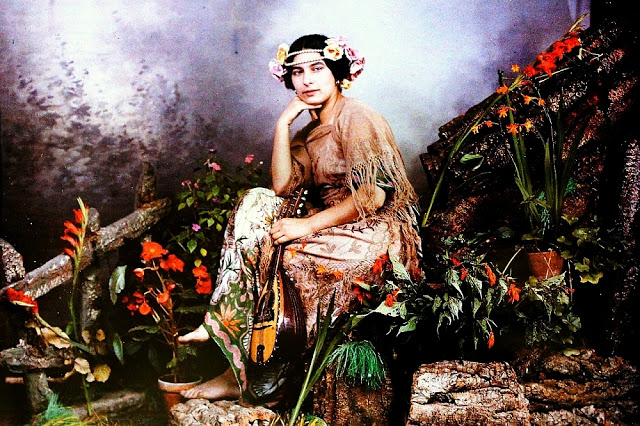
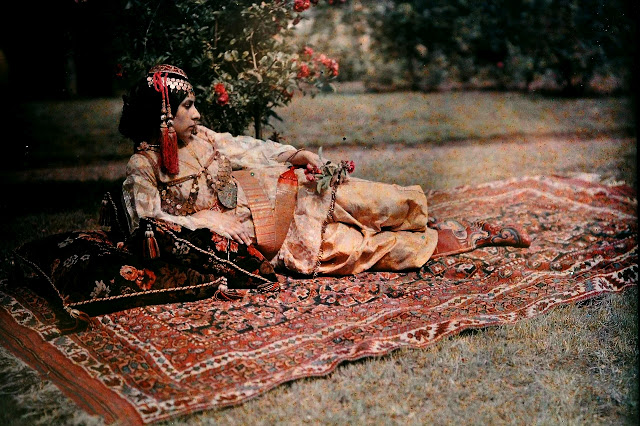
Found on Vintage Everyday.


